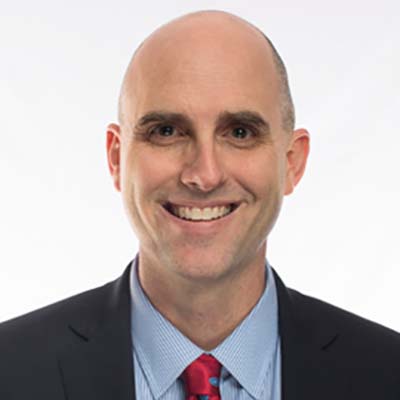1. Reduce Administrative Burden
Every minute clinicians spend on documentation, billing, and insurance wrangling is a minute not spent with patients. However, many physicians with 12-plus years of higher education are working hours after every shift (much of it unpaid) to catch up on data entry tasks that could be automated or delegated to non-clinical staff.
If we want clinicians practicing at the top of their licenses instead of drowning in paperwork, we need to reimagine how care teams function. At many Vituity sites, we’ve retrained high-performing scribes to take on additional responsibilities like clerical, patient flow, and communication tasks. We’re also focusing on innovating with ambient scribing, more on that below. This frees nurses, physicians, and advanced providers to focus on what they do best: providing expert, thoughtful, and compassionate care for patients.
2. Invest in Clinical Leaders
Strong teams start with strong leaders. When leaders are well-supported, their teams tend to be more engaged, less burned out, and more committed to their work.
At Vituity, we’ve developed a coaching program for our medical directors, equipping them with wellness tools and leadership strategies that support work-life integration. Post-program surveys show benefits not just for the participants but for their entire teams. These medical directors are modeling healthy thinking and behavior for everyone around them, creating a positive ripple effect.
What’s more, engaged leaders naturally connect their people to a shared mission of improving lives and delivering great care. This sense of purpose not only protects providers from burnout, but it also fosters loyalty. Your clinicians want to feel that their organization shares their values. When your mission aligns with theirs, you create long-term commitment that fosters greater job satisfaction and reduces turnover.
3. Implement Tech Thoughtfully
Electronic health records (EHRs) were created to streamline care. However, many early EHRs were designed and implemented without front-line clinician input. Rather than helping providers, they quickly became a major cause of burnout due to their clunky design, lack of flexibility, and the sheer volume of data entry they demanded.
As we move into the unfolding AI Era, our challenge is to harness new technologies in ways that truly support clinicians rather than creating new (but perhaps less obvious) administrative tasks.
A positive example is Sayvant, an ambient scribing platform developed by Vituity’s front-line clinicians in partnership with Inflect, our innovation hub. Sayvant not only reduces the time physicians spend on charting, but it also uses AI to support documenting medical decision making and differential diagnoses (a particularly demanding part of the charting process).
But even for the most promising solutions, thoughtful implementation matters. AI tools must be evaluated not only for accuracy but for impact on workflows and user experience. At my home hospital, the EHR’s sepsis algorithm rarely detects a case we aren’t already aware of. But it does produce constant alerts and alarms, adding to the noise and stress of our jobs.
This is one reason I’m so passionate about involving providers in technology implementation. The goal should always be to protect their time and focus.
A Resilient Healthcare Workforce
The workforce crisis isn’t just about filling shifts. It’s about transforming the way we support and empower clinicians. This requires reducing unnecessary administrative burdens, teaching clinical leaders the leadership skills to support team well-being, and embracing technology that truly empowers.
By acting now, we can build a future where clinicians are energized (not exhausted), where patients receive compassionate, connected care, and where our healthcare system is resilient enough to face the challenges ahead.























